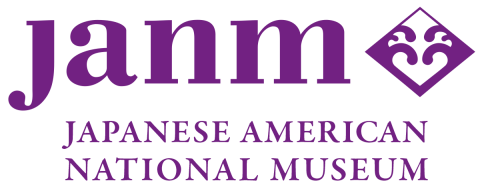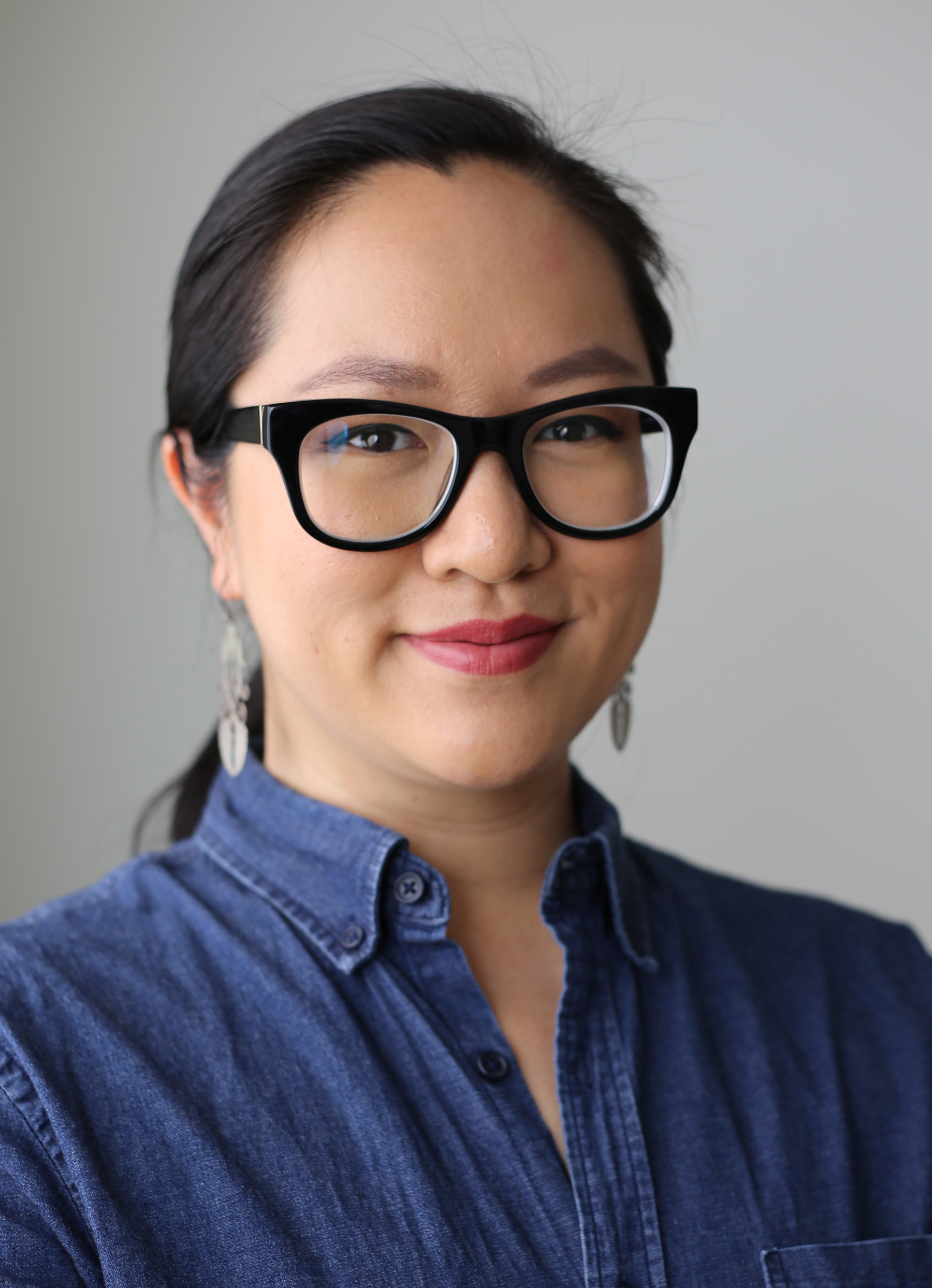For press inquiries, email mediarelations@janm.org or call 213.625.0414.
(Password Access Only—contact mediarelations@janm.org for access.)

JANM’s Pavilion is closed for renovation and will reopen in late 2026. While the museum and store are closed, join us for programs and events on our Little Tokyo campus, throughout Southern California, and beyond.

For press inquiries, email mediarelations@janm.org or call 213.625.0414.
(Password Access Only—contact mediarelations@janm.org for access.)
An American Vocabulary: Words to Action is a collaborative project by visual artist Audrey Chan and rapper jason chu. The flashcards portrays figures, events, and practices rooted in community, care, and action.
Check out the accompanying activity guide developed by JANM’s Education Department and a list of organizations focused on Asian American, Native Hawaiian, and Pacific Islander advocacy and anti-Asian hate.

An American Vocabulary: Words to Action consists of twenty-one multilingual flash cards that illustrate the four themes of ancestor, voice, persistence, and care through the portrayal of Asian American Native Hawaiian Pacific Islander (AANHPI) figures, events, actions, and values. A set of discussion questions invites people to consider their own relationships to language, identity, and community.

Audrey Chan (b. 1982, Chicago, Illinois) is a Los Angeles-based artist, illustrator, and educator.
Join us at JANM for the launch of An American Vocabulary: Words to Action on Saturday, October 8, 2022 from 3 p.m.–6 p.m. The event includes live performances from rapper jason chu, percussionist Gingee, and DJ Grace Ktown.
LOS ANGELES, CA – The Japanese American National Museum (JANM) launched the online exhibition, Wakaji Matsumoto—An Artist in Two Worlds: Los Angeles and Hiroshima, 1917–1944, at janm.org/wakaji-matsumoto. This exhibition highlights rarely seen early photographs of Los Angeles prior to World War II and of Hiroshima before the US dropped the atomic bomb through the single lens of photographer Wakaji Matsumoto.
LOS ANGELES, CA – The Japanese American National Museum (JANM) invites the public to view and sign the Ireichō, a sacred book that records—for the first time ever—the names of over 125,000 persons of Japanese ancestry who were unjustly imprisoned in US Army, Department of Justice, and War Relocation Authority camps during World War II, on Sunday, September 25, 2022, from 11 a.m.–5 p.m.
For press inquiries, email mediarelations@janm.org or call 213.625.0414.
(Password Access Only—contact mediarelations@janm.org for access.)
Join us on Saturday, December 10, 2022, for a virtual program with curator Dennis Reed; project liaison Karen Matsumoto, Wakaji’s granddaughter; and Masami Nishimoto, writer for the Chugoku Shimbun, and others involved with highlighting Matsumoto’s work to delve deeper into his photographs and legacy.
Click on the link below for more details and to RSVP.
To see a complete listing of the JANM’s programs, check out our Events Calendar.